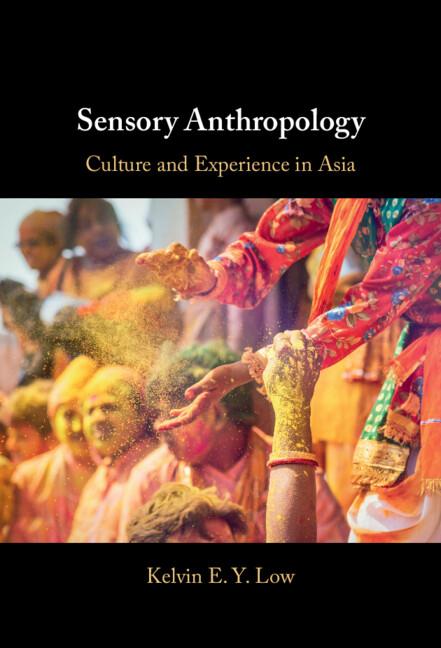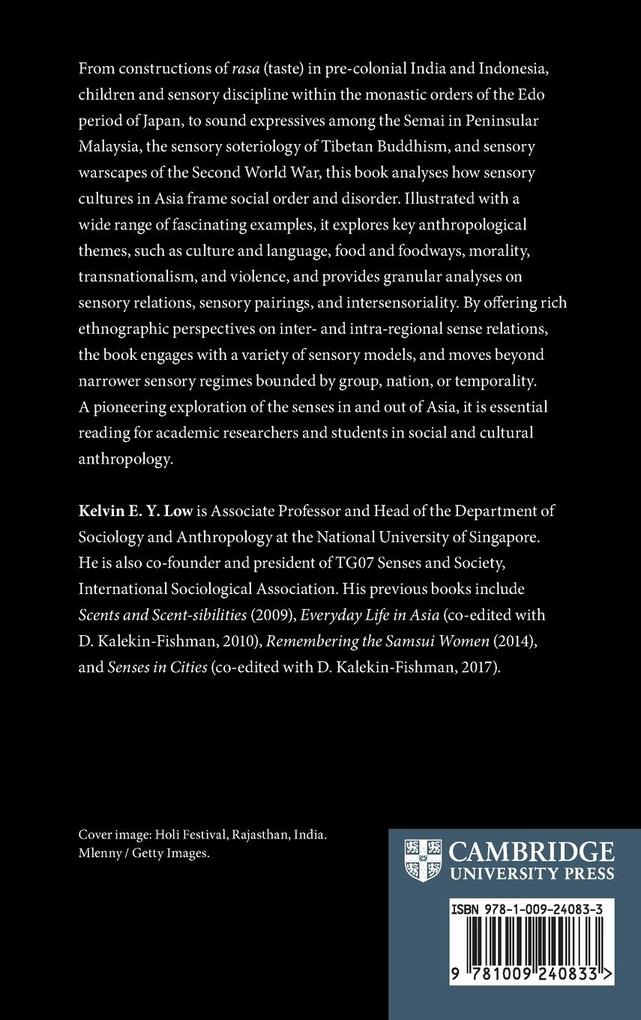
Zustellung: Mo, 04.08. - Fr, 08.08.
Versand in 2 Wochen
VersandkostenfreiBestellen & in Filiale abholen:
"Illustrated with a wide range of examples, this pioneering book analyses how the senses in everyday life manifest across Asian communities and cultures, and how they impact social order and disorder. Balancing ethnographic depth with analytical discussion, it is essential reading for students and researchers in social and cultural anthropology"--
Inhaltsverzeichnis
Acknowledgements; Introduction - How The Senses are Good to Think With; Part I. Perspectives and Precepts: 1. Sensory models and modalities; 2. Sensory moral economies: Part II. Responses and Restitutions: 3. Sensory transnationalism and interfaces; 4. Gastropolitical encounters; 5. Extreme sensescapes; Conclusion - Thinking Through the Senses; Notes; Bibliography; Index.
Produktdetails
Erscheinungsdatum
09. März 2023
Sprache
englisch
Seitenanzahl
232
Autor/Autorin
Kelvin E Y Low
Verlag/Hersteller
Produktart
gebunden
Gewicht
467 g
Größe (L/B/H)
229/152/14 mm
ISBN
9781009240833
Entdecken Sie mehr
Bewertungen
0 Bewertungen
Es wurden noch keine Bewertungen abgegeben. Schreiben Sie die erste Bewertung zu "Sensory Anthropology" und helfen Sie damit anderen bei der Kaufentscheidung.










